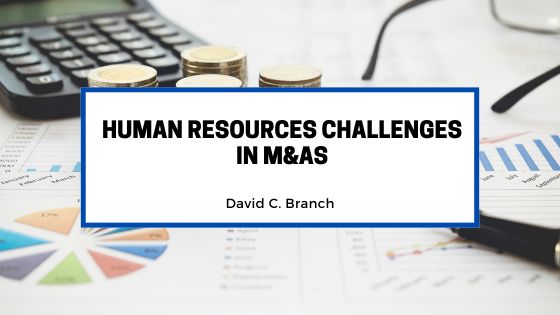Mergers and acquisitions (M&As) are complex transactions that can reshape companies, industries, and markets. While the financial and strategic aspects of M&As often dominate headlines, the human resources (HR) challenges are equally critical to the success of these ventures. Integrating two distinct organizations involves more than just combining assets and operations; it requires a thoughtful approach to blending cultures, managing talent, and maintaining employee morale. Here are some key HR challenges in M&As and strategies to address them.
Cultural Integration
One of the most significant HR challenges in M&As is integrating different organizational cultures. Each company has its values, norms, and ways of doing things. When two companies merge, or one acquires another, these cultural differences can lead to misunderstandings, conflicts, and reduced productivity.
To address cultural integration, conducting a thorough cultural assessment of both organizations is essential before the deal is finalized. Understanding the similarities and differences can help develop a comprehensive integration plan. Leadership should communicate the vision and values of the new combined entity clearly and frequently, fostering a sense of shared purpose. Engaging employees in open dialogues about the new culture and addressing their concerns can also help smooth the transition.
Talent Retention
Retaining key talent during and after an M&A is crucial for ensuring continuity and achieving the desired synergies. However, uncertainty about job security, leadership changes, and organisational structure shifts can lead to a high turnover rate.
To mitigate this risk, companies should identify critical employees early in the M&A process and develop retention strategies, such as financial incentives, clear career paths, and professional development opportunities. Transparent and honest communication about the implications of the M&A for employees’ roles and careers can also help reduce anxiety and uncertainty.
Redundancies and Workforce Restructuring
M&As often result in redundancies and workforce restructuring as the combined entity seeks to eliminate overlaps and improve efficiency. This process can lead to layoffs, significantly impacting employee morale and loyalty.
It is essential to handle redundancies with sensitivity and fairness. Offering severance packages, outplacement services, and support for affected employees can ease the transition and maintain a positive relationship with departing staff. For the remaining employees, clear communication about the reasons for the restructuring and the future direction of the company can help rebuild trust and commitment.
Alignment of HR Policies and Practices
Merging two organizations involves aligning different HR policies and practices, such as compensation, benefits, performance management, and training programs. Discrepancies in these areas can create confusion and dissatisfaction among employees.
A comprehensive review of HR policies and practices is necessary to identify gaps and inconsistencies. Developing a harmonized HR framework that incorporates the best practices from both organizations can help create a cohesive and fair system. Involving employees in developing new policies can also foster a sense of ownership and acceptance.
Communication and Change Management
Effective communication and change management are vital in navigating the HR challenges of M&As. Employees need to be kept informed about the integration’s progress, the rationale behind decisions, and the impact on their roles and responsibilities.
Establishing a dedicated communication team to manage the flow of information can ensure that messages are consistent, timely, and transparent. Utilizing multiple communication channels, such as town hall meetings, emails, and intranet updates, can help reach all employees. Additionally, providing managers with training and support on how to handle change can enable them to better support their teams.
Conclusion
Human resources play a pivotal role in the success of mergers and acquisitions. Addressing the challenges of cultural integration, talent retention, redundancies, policy alignment, and communication requires careful planning and execution. By prioritizing the human aspect of M&As, companies can achieve their strategic goals and build a strong, cohesive, and motivated workforce for the future.

